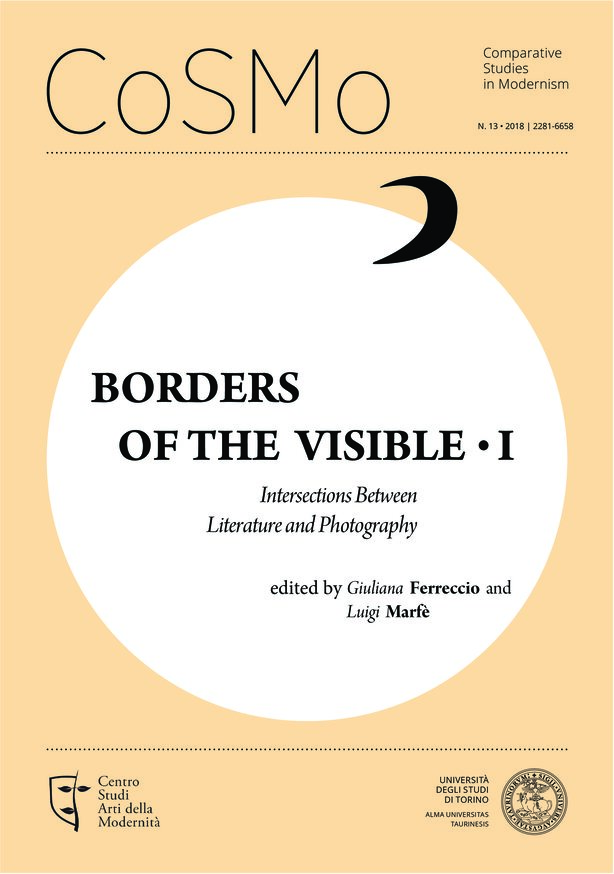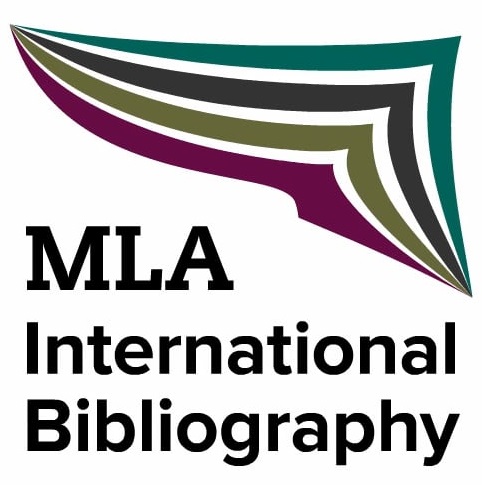“Camera Lucida”’s Iconography, or Roland Barthes’ Visual Manifesto for Minorities
DOI:
https://doi.org/10.13135/2281-6658/3109Parole chiave:
Roland Barthes, Photography, Camera Lucida, Visibility, MinoritiesAbstract
Camera Lucida has gained a lot of popularity both as an autobiographical and theoretical text, addressing issues of mourning, absence and indexicality of the photographic medium. This common reading unfortunately pays little attention to the global and pictorial economy at large in the book. Indeed, Barthes has very carefully chosen the pictures, as its manuscripts and editing notes prove. The final selection, understood as part of a more general politics of images in Barthes’s writings—and we can go as far as Mythologies—shows a constant and acute awareness of the power and ideology of photographic representation. This is certainly why, if we take a closer look at the illustrations of Camera Lucida as a whole, we discover a photographic album bringing up the faces of minorities or marginalised people into light. The album then appears as a meaningful system in the book but also in the history of images in Roland Barthes’s works, resulting in a visual and committed manifesto for minorities and displacing our point of view on Barthes’s political and social positions. In the light of Barthes’s personal history with images, we will analyse how he developed a parallel discourse to the text with photographs that sheds a renewed light on its writings.Downloads
##submission.downloads##
Pubblicato
2018-12-25
Fascicolo
Sezione
Focus | Theories of the Phototext
Licenza
Gli autori mantengono i diritti sulla loro opera e cedono alla rivista il diritto di prima pubblicazione dell'opera, contemporaneamente licenziata sotto una Licenza Creative Commons - Attribuzione che permette ad altri di condividere l'opera indicando la paternità intellettuale e la prima pubblicazione su questa rivista.






